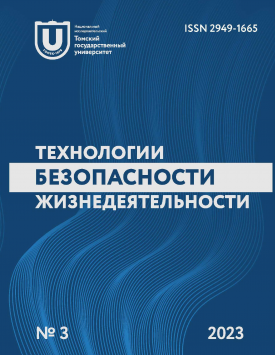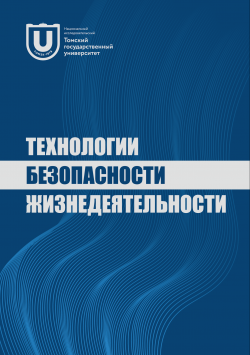Granulometric composition of suspended particles formed during anthropogenic impact on the marine environment
This article is devoted to the study of the complex composition of suspended particles of micro-sizes formed as a result of condensation of vapors of molten metal, slag and electrode coatings under man-made effects on the marine environment, formed during underwater welding and underwater cutting; it also shows comparative complex characteristics with the background content of microparticles in the marine environment. The article presents the first results of the study of the granulometric composition of particles formed during welding and cutting by laser granulometry. The presence of micro-sized particles, which are extremely dangerous for human and animal health, is shown. The results of the study show that during underwater welding, particles with a diameter of less than 10 microns occur in fractions from 60 to 70%. When underwater cutting, particles with a diameter of less than 10 microns occur in fractions from 70 to 80%. The presence of particles ranging in size from 100 to 400 microns in seawater is observed as a result of anthropogenic impact in fractions of 90%. Such a level of pollution can have a negative toxicological effect on species of aquatic organisms of marine ecosystems. The authors declare no conflicts of interests.
Keywords
granulometry, ecology, underwater welding, metal cutting, microparticlesAuthors
| Name | Organization | |
| Kirichenko Konstantin Yu. | Siberian Federal Research Centre of Agrobiotechnologies of the Russian Academy of Sciences | kirichenko@sfsca.ru |
| Volkova Vladislava N. | Far Eastern Federal University | vladavibi@bk.ru |
| Chaika Vladimir V. | Siberian Federal Research Centre of Agrobiotechnologies of the Russian Academy of Sciences | chayka@sfsca.ru |
| Golokhvast Kirill S. | Siberian Federal Research Centre of Agrobiotechnologies of the Russian Academy of Sciences | droopy@mail.ru |
References

Granulometric composition of suspended particles formed during anthropogenic impact on the marine environment | Tekhnologii bezopasnosti zhiznedeyatelnosti – Life Safety/Security Technologies. 2023. № 3. DOI: 10.17223/7783494/3/6
